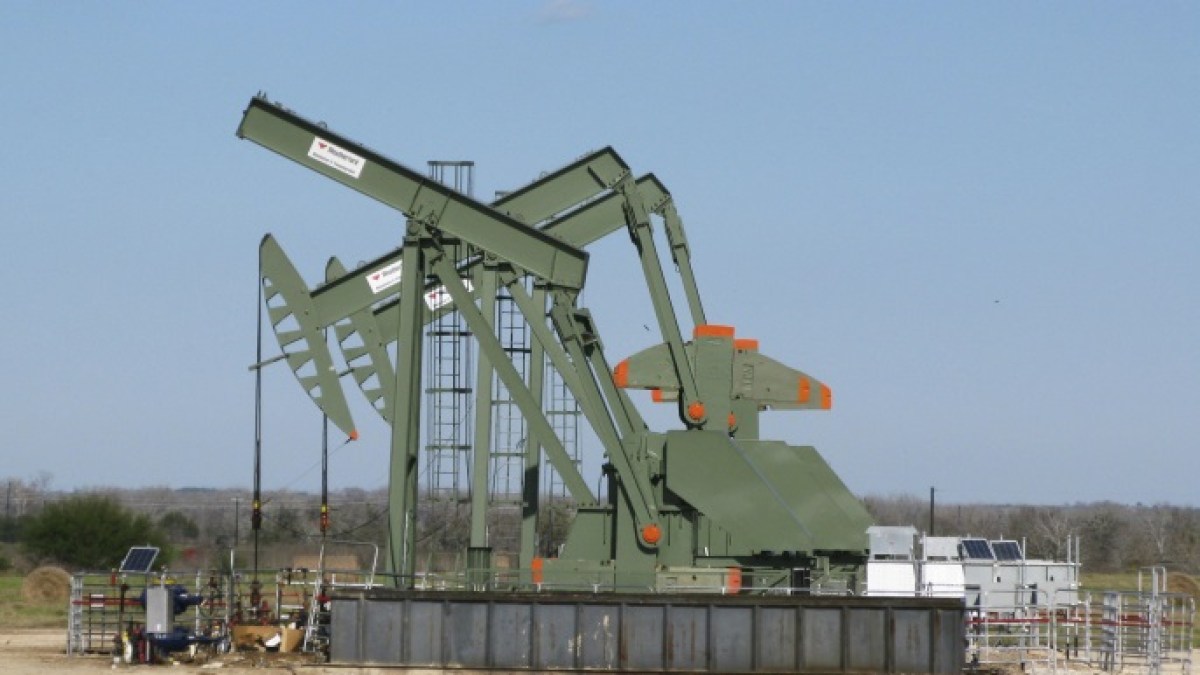The United States emerges as a leading country in shale oil production, while China takes the reins of shale gas resources (Reuters)
Experts believe that the shale oil boom has largely succeeded in reshaping the future of the global energy industry, with the United States leading this mission alongside China.
According to a report on the American Oil Price website, the United States stands as a leading country in shale oil production, while China takes the reins of shale gas resources.
However, other countries are quickly emerging as major players, with many countries making significant investments in developing their shale resources.
Shale oil.. America is at the forefront
According to data from the US Energy Information Administration, the United States has the largest recoverable resource of shale oil in the world, at 78.2 billion barrels so far, followed by Russia with 74.6 billion barrels.
Although China is a relative newcomer on the scene, it occupies an important position with reserves of 32.2 billion barrels, contributing 7.7% of the global share.
Argentina, Libya and the United Arab Emirates also reached advanced ranks, indicating the diverse distribution of shale oil resources around the world.
The following are the 10 largest countries that possess recoverable shale oil reserves in the world:
1- United States:
78.2 billion barrels,
global share 18.7%
2- Russia
74.6 billion barrels,
global share 17.8%
3- China
32.2 billion barrels,
global share 7.7%
4- Argentina
27 billion barrels,
6.4% global share
5- Libya
26.1 billion barrels,
global share 6.2%
6- United Arab Emirates
22.6 billion barrels,
global share 5.4%
7- Chad
16.2 billion barrels,
global share 3.9%
8- Australia
15.6 billion barrels,
global share 3.7%
9- Venezuela
13.4 billion barrels,
global share 3.2%
10- Mexico
13.1 billion barrels,
global share 3.1%
Many countries are making significant investments to develop their rock resources (Getty)
Robert Rapier, an oil industry expert, confirms that these estimates are technically extractable resources, and their economic feasibility depends on prevailing oil prices.
Shale gas.. China takes the lead
When turning the spotlight to shale gas, China emerges as a global leader with a staggering 1,115.2 trillion cubic feet of production, which represents 14.7% of the global share.
Argentina and Algeria follow suit, with 801.5 trillion cubic feet and 706.9 trillion cubic feet, respectively.
While the United States maintains a strong position in shale gas resources at 622.5 trillion cubic feet, China is clearly leading the industry in this sector.
Canada, Mexico and Australia also feature prominently, according to the Oil Price website.
The following are the 10 largest countries with extractable shale gas reserves in the world:
1- China
1115.2 trillion cubic feet,
global share 14.7%
2- Argentina
801.5 trillion cubic feet,
global share 10.6%
3-Algeria
707 trillion cubic feet,
global share 9.3%
4- United States
622.5 trillion cubic feet,
global share 8.2%
5- Canada
573 trillion cubic feet,
global share 7.6%
6- Mexico
545.2 trillion cubic feet,
global share 7.2%
7- Australia
429.3 trillion cubic feet,
global share 5.7%
8- South Africa
390 trillion cubic feet,
global share 5.1%
9- Russia
284.5 trillion cubic feet,
global share 3.8%
10- Brazil
245 trillion cubic feet,
global share 3.2%
Challenges in shale gas development
Despite the promising future of shale gas, according to industry specialists, challenges loom on the horizon, especially in areas suffering from water scarcity.
China faces this dilemma, as some of its shale gas resources are located in dry areas.
However, due to rising energy demand, China is investing heavily in overcoming these obstacles.
Since June 2011, China has embarked on a journey to explore and exploit its shale gas potential.
It is worth noting that the change in legal status gave private companies increased access to these resources, leading to the start of large-scale commercial shale gas production in March 2014.
Global repercussions and future prospects
With China and Argentina preparing to become major powers in shale gas production, it is expected that the global shale energy boom is about to cross a new phase.
As these countries invest billions in unlocking their shale energy potential, the world is watching closely and anticipating shifts in the energy landscape.
Rapier believes that the stage is set for a broader and more globally distributed future in the world of oil shale resources.
Source: Oil Price

